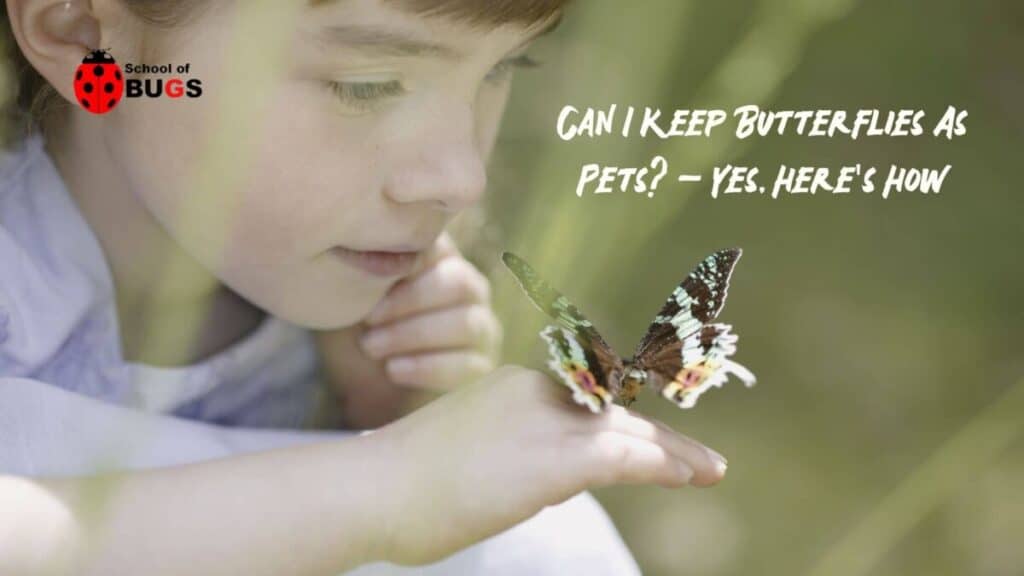
Butterflies are gorgeous, symbolic of beautiful things like life and springtime, and, of course, come with a fascinating life cycle!
However, they are also delicate and technically not domesticated. The question you may be asking yourself is: can I keep butterflies as pets?
Butterflies can be kept as domestic pets without fear of injury to the pet owner: however, like all pets, butterflies have their own set of needs in terms of care.
In this article, we’ll go over the following topics:
- The pros and cons of butterflies as pets.
- The care butterflies need, including food and habitat.
- The best species of butterflies for pets.
The Pros and Cons of Pet Butterflies

Butterflies are lovely and many classrooms allow children to observe their interesting lifecycles, starting as caterpillars and bursting into radiant, winged insects.
However, as many advantages as there are to owning a butterfly as a pet, there are also a few downsides you should be fully aware of.
The Pros of Having a Pet Butterfly
The best parts about having a pet butterfly are listed below!
- Beautiful Companions – It’s no secret that butterflies are some of the most eye-catching animals in creation. Having one around the house has been compared to having a living, flying flower to interact with!
- Minimal Cost – Many pets, like turtles, dogs, or cats, require lots of maintanaince and additional items, making them a bit of a drain on your wallet. However, between it’s food needs and habitat, a butterfly typically only costs around $16 for it’s entire lifespan!
- Easy to Care For – A butterfly does not need to be taken out for walks, nor does it require much attention or cleanup once it leaves the caterpillar stage of life. Unlike cats, who need their litterboxes cleaned, or dogs, who require exercise, a butterfly needs comparatively little from it’s owners.
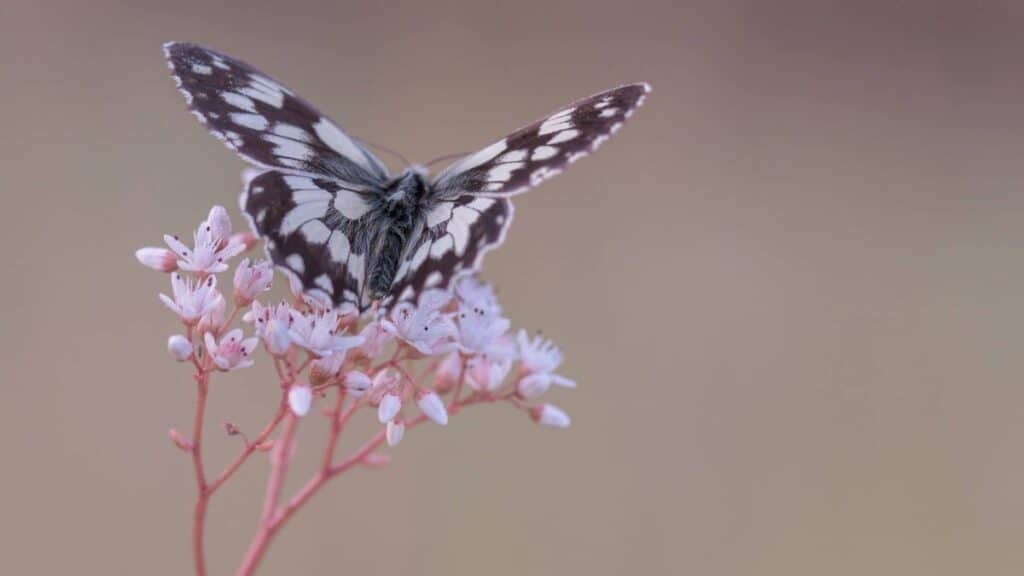
The Cons of Having a Pet Butterfly
The downsides to having a butterfly are limited, but they should still be considered. They can be found below:
- Not Good For Snuggling – One of the perks of having a pet is the physical attention you can give and receive. However, as pretty as a butterfly looks, their wings are very delicate and could break or tear at the slightest touch. It’s a magical feeling to have your butterfly land on you, but they are not a pet that can be stroked!
- Short Lifespan – Even without facial expressions or gestures, it is easy to get attached to a butterfly as a pet and hard to say goodbye. Unfortunately, as fascinating as their lifecycles are, a butterfly’s only lasts between 15 days and a single month.
- Doesn’t Mix With Other Pets – If you’ve got more than one animal at home, your butterfly probably won’t be a very safe member of the household. Both dogs and cats enjoy chasing butterflies, and any attempt to socialize the animals can very easily result in the death of your pet insect.
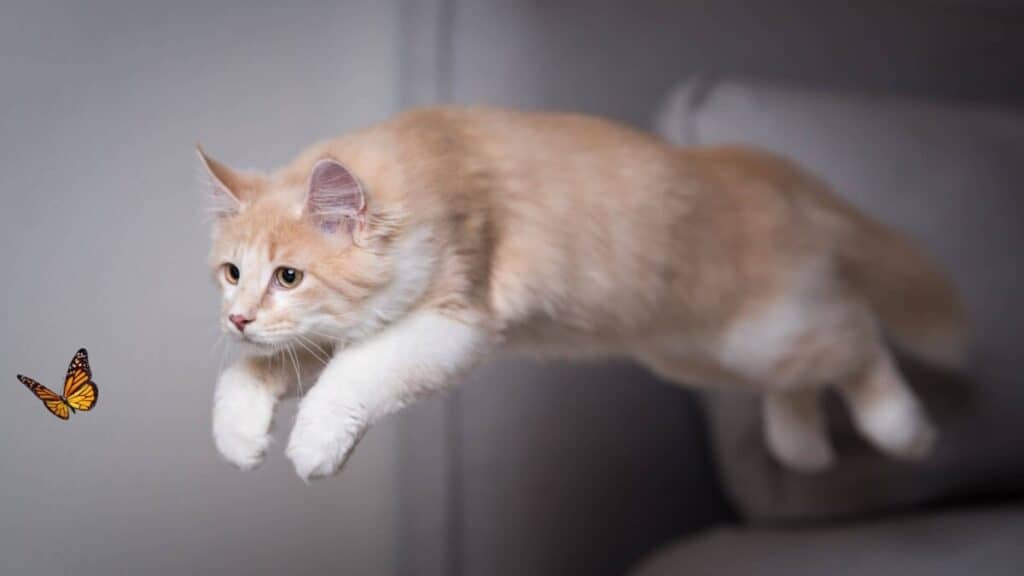
How to Care for a Pet Butterfly
Now that we’ve covered the reasons to consider behind getting a butterfly as a pet, let’s go over the important aspects of how to care for one. Below are the three basic needs to consider before getting these pets:
- Food
- Habitat
- Behavior
Let’s take a more in-depth look at these aspects of caring for a pet butterfly so that you can be as equipped as possible to keep with these vibrant critters as companions!
Food
A butterfly begins life as a caterpillar, and as such, they live on a near-constant diet of fresh leaves. The leaves that a caterpillar will commonly indulge in come from trees like willow, poplar, alder, apple, and of course, oak.
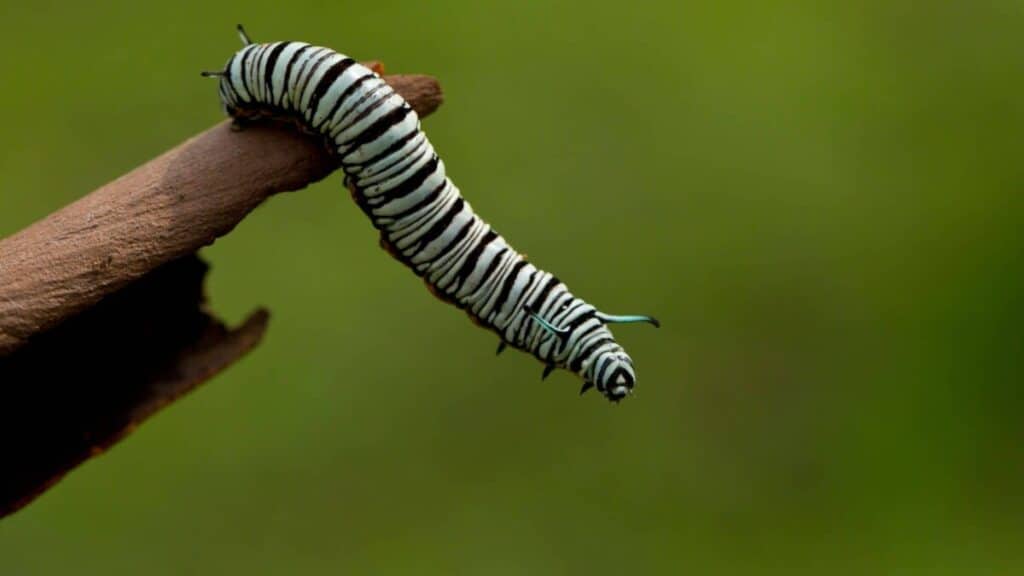
The emphasis on properly feeding a caterpillar should be placed on the word “fresh.” If a caterpillar is given leaves that are long dead or dry, it will not eat, and may starve to death.
Therefore, when you feet a caterpillar, be sure that you’re putting fresh greenery near them. Leaves can be kept fresh even after clipping them away from the parent tree by resting their stems in water.
You should also dip the leaves briefly in water, as the caterpillars will be able to get their daily moisture from the remaining droplets.
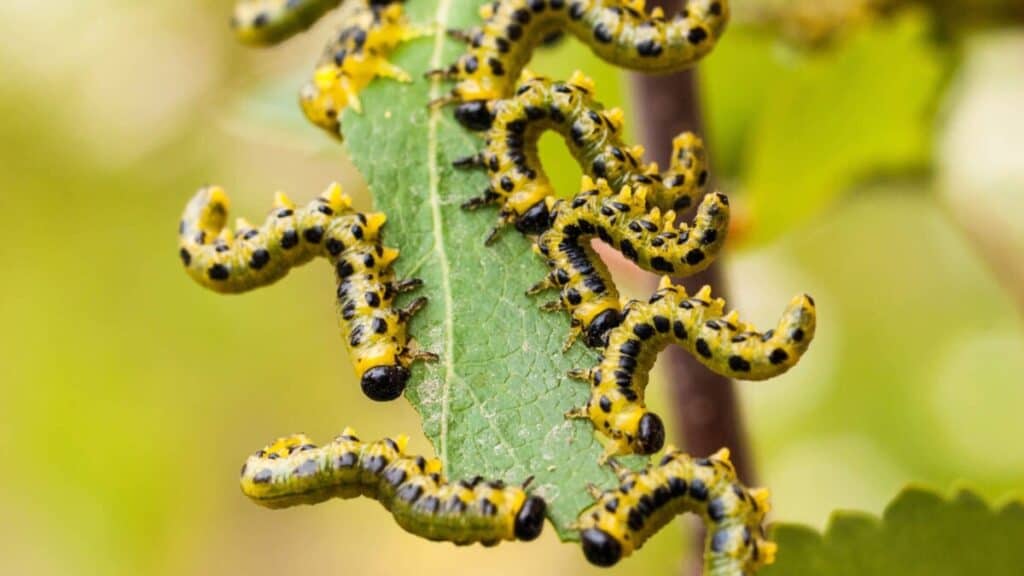
When the caterpillar matures into a butterfly, it will only be able to eat liquid foods. Make sure that your butterfly has plenty of citrus slices, like oranges, in it’s habitat.
You can also leave shallow dishes or even bottlecaps with juice inside. Butterflies will eat honey water or water that has sugar dissolved in it.
It is a good idea to keep shallow sources of water replenished in your butterfly or caterpillar’s enclosure at all times.
Habitat
A caterpillar’s enclosure needs to allow oxygen in and out without giving the caterpillar any way to escape.
It should also be large enough for the caterpillars inside to have more than three times the space their own bodies take up along the floor.
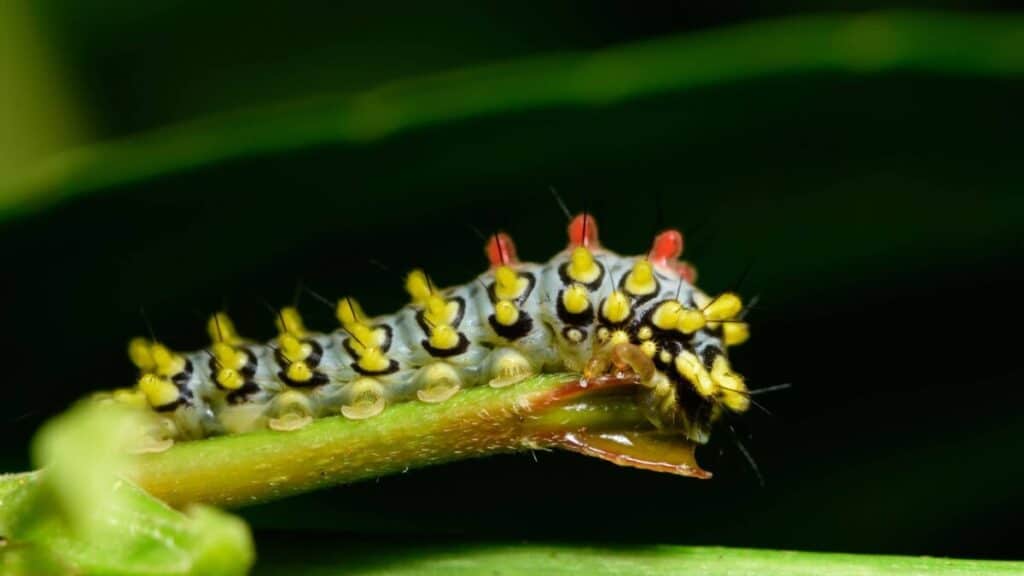
Additionally, make sure there is nothing in the cage that a caterpillar can get wedged beneath, crushed by, or poked by.
Caterpillars do not have any need to explore, or even exercise, but they will not eat if they are kept too close to other caterpillars.
Therefore, only worry about making sure they can’t get out of their enclosure and have plenty of food and they should be fine.
A caterpillar’s cage will have to be cleaned daily: this is the most labor-intensive part of caring for a pet butterfly.
It involves leaving paper on the bottom of the enclosure, then collecting it at the end of each day and lining the enclosure with fresh paper.
When your caterpillar is ready to become a butterfly, it will form a cocoon as long as there is enough room in it’s enclosure.
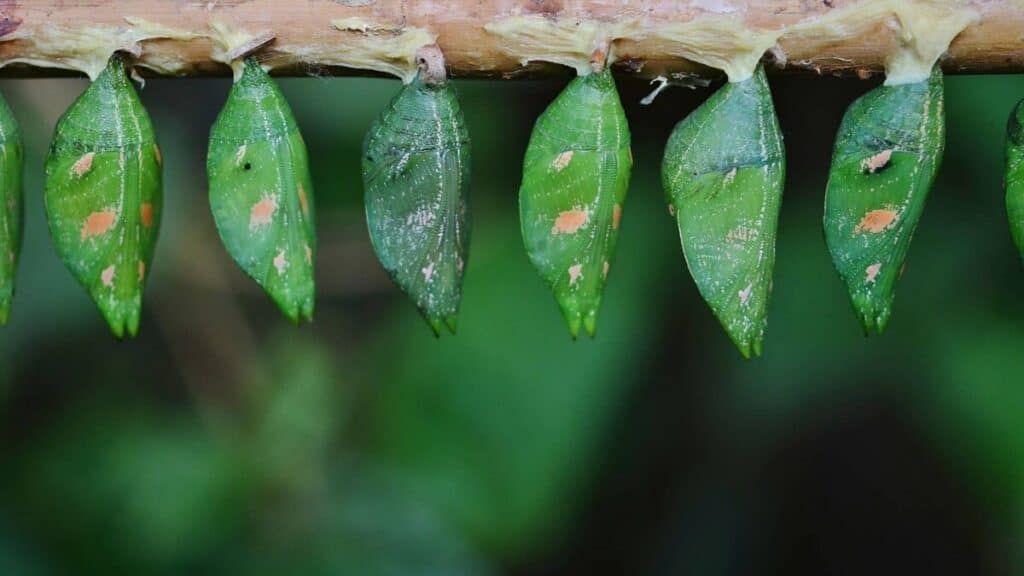
When your caterpillar has grown into a butterfly, their needs will change. Before your adolescent butterfly emerges from it’s cocoon, move the cocoon into an enclosure that is twice the size of the butterfly’s eventual wingspan. This way, when the new butterfly emerges, it will be able to spread it’s new wings without hurting itself.
Hang the cocoon on a stick or anything with a rough enough surface for the emerging butterfly to get a grip.
When you hang it, all you’ll need to worry about is threading a piece of string through the very tip of the cocoon. Then all there is left to do is wait!
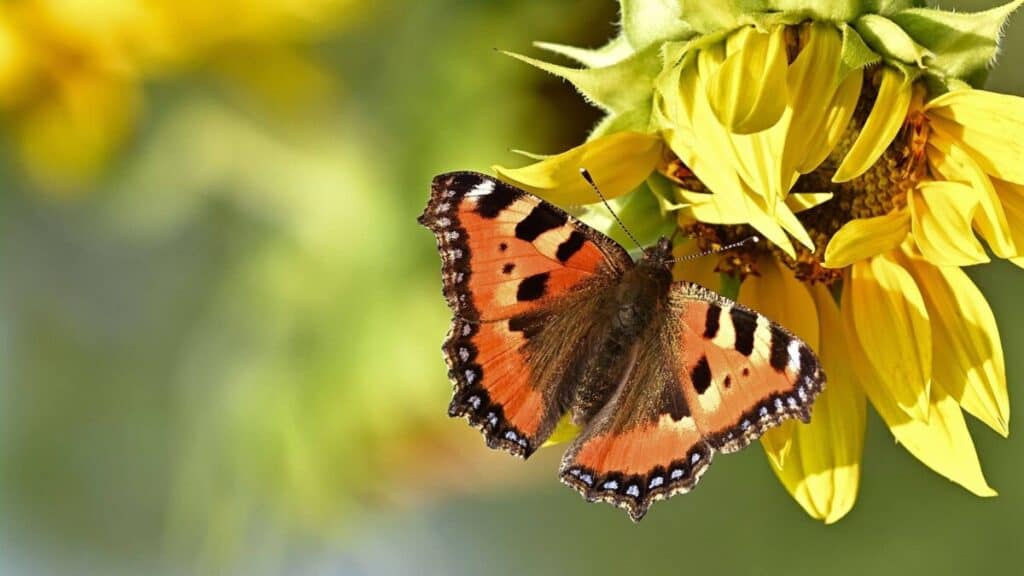
Once your butterfly emerges, you can choose to keep it as a pet. This pet will need to be able to fly and stretch their wings, and they may wind up hurting themselves as a result of being left in a transparent cage.
Instead, transfer your butterfly to an enclosure purchased at any pet or retail store. It will normally be made out of mesh or netting, which is more forgiving against butterfly wings.
One of the most important things to consider about butterflies are their need for humid temperatures. Butterflies that have an enclosure placed near to a lamp or window should be fine, as long as they do not have access to the lamp.
Behavior
There are a few key habits to remember about a butterfly’s behavior when keeping one as a pet!
A caterpillar is, in general, in need of much more care than a butterfly, similar to the way that babies tend to need more care than adults.
Caterpillars will eat almost constantly, for example. Butterflies may feed less frequently, but they should always have liquid available to them.
Butterflies typically stay in their cocoons from either a week or a few months depending on the species. During this time, it is best to simply wait and let nature take it’s course. Never try to force open a butterfly cocoon!
The Best Species of Pet Butterflies
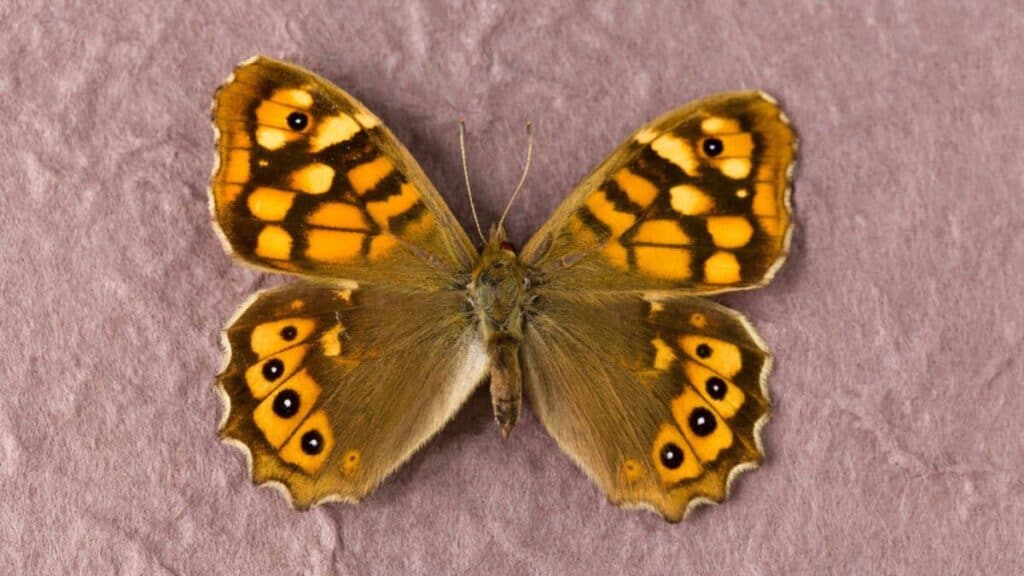
Below is a list of the top best species to keep as pets in terms of butterflies!
- Speckled Wood – A speckled wood butterfly is technically known as the pararge aegeria. They have brown wings, a fuzzy body, and a variety of brown, tiger-like eye spots! They are commonly found in Europe, Asia, and Russia, and are fond of warming themselves in the sun.
- Peacock – A Peacock butterfly’s Latin name is inachis io. It is another eyespot-patterned butterfly with a furry body, but its wings are brighter in color than the Speckled Wood butterfly. It is a migrating species, usually found in South America. One of its most notable traits are its lovely wing-tails.
- Red Admiral – The admiral butterfly, called the Vanessa atalanta, is a chic-looking butterfly with black wings that have fiery accents. It does not get along well with other butterflies, but will have no trouble landing on an owner with food! The Red Admiral is usually found in wetlands.
- Ringlet – At first glance, the furry-bodied, brown-winged Ringlet butterfly might be mistaken for a moth. Its Latin name is coenonympha tullia, but it was named for the small rings on the underside of each wing. It is a British butterfly that is, interestingly, nocturnal while in caterpillar stages.
- Tortoiseshell – One of the most widely recognized and lovely butterflies, the Tortoiseshell butterfly is found in gardens of the United Kingdom and is also called aglais urticae. This butterfly is known for its vibrant orange, white, and black spots. It also has a furry body that extends its hairs out onto the wingspan.
- Cabbage White – This butterfly may be considered a pest in some parts of America, but it sure is cute and makes a great pet! Small, fluffy, and white with one or two tiny black spots, this butterfly is also called pieris rapae. According to Horticulture in Oregon, it is known for enjoying cabbage leaves while still in its caterpillar stage.
- Blue Morpho – A Blue Morpho butterfly is radiant in color, normally found in the warm climates of South America and rainforests. It can be up to 8 inches long and uses its wing color to hide from predators.
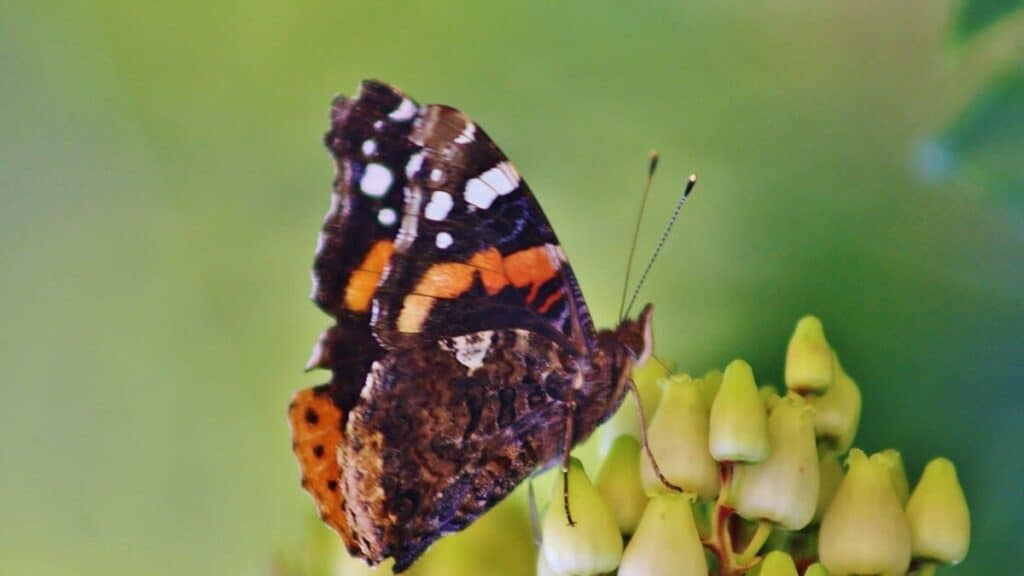
Be sure to choose your correct species wisely in terms of harmonizing with your own lifestyle, and consult their specific needs carefully!
In Conclusion
In conclusion, butterflies do make excellent pets! Not only are they easy to take care of and inexpensive companions, but they are fascinating to watch grow and change. As long as the limited lifespan of the butterfly and having to refrain from touching your pet too often don’t bother you, this insect may work perfectly as an addition to your lifestyle!
Alright, that’s it for this article, here are a few hand-selected articles that you might also find interesting reads:
What Insects are the Most Expensive to Keep as Pets?10 Peculiar Facts About Butterflies
The Color of Butterflies – Explained
Recent Posts
Tiny Black Bugs in Bathroom NO WINGS: What They Are and What to Do!
Finding tiny black bugs in your bathroom can be uncomfortable, to say the least. Especially if they are persistent, or they appear in very large numbers, which they often like to do. When it...
Tiny Black Bugs in Plant Soil - What Are They & What To Do About It
A short horror story: You get a new houseplant. You do your best to take care of it. You’ve ensured that it has the right soil, the right amount of sun, it gets enough water. And then one day, you...

